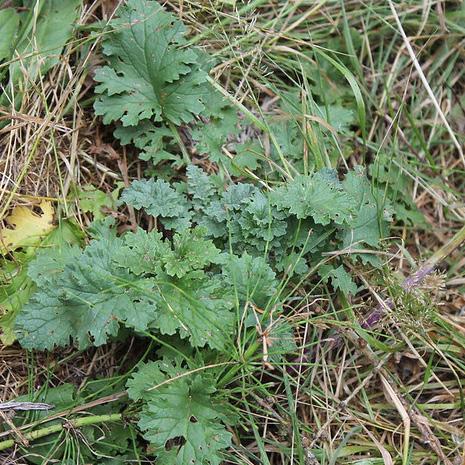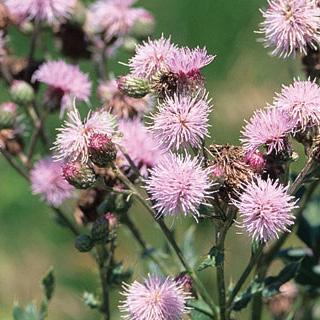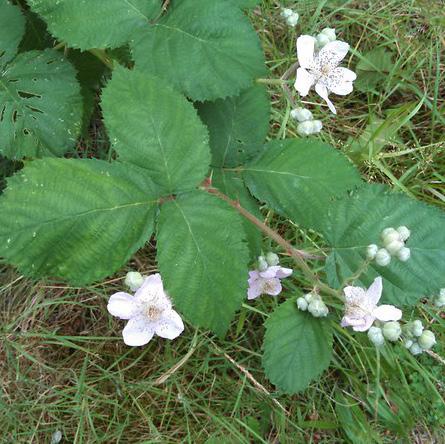
3 minute read
Managing Weeds in the Fall
BY HAYLEY WHITE OSU Extension and Polk SWCD
The best time to manage weeds is in the fall and spring. During late summer, weeds are large, flowering, and harder to pull. Using herbicide is ineffective at this stage, and the plant will go to seed. In the fall, the plant is smaller, easier to pull, and herbicides are more effective. If you had weedy areas during the summer, now is the time to make a plan and start managing them. Don’t forget about your weeds now that they aren’t as obvious. Here are a few common weeds and methods for managing them.
Advertisement
TANSY RAGWORT
Depending on your preference, control tansy ragwort through mechanical methods like hand digging and pulling or by chemical methods for large infestations. Remove as much of the taproot as possible when hand pulling or digging. Apply herbicide when the plant is in the rosette stage before bolting, and remove plants from areas with livestock after pulling or spraying as it is highly toxic. The Oregon Department of Agriculture has reported that biocontrol agents for tansy ragwort (flea beetle and cinnabar moth) were surveyed and found to be present across the county. They are not planning a release of the insects at this time and they are not available for purchase. Studies have shown that the insects manage tansy populations over time, but we recommend using the management strategies above to reduce the tansy population on your property.
CANADA THISTLE
Canada thistle has an extensive root system and will take dedication if you prefer mechanical methods. An option is to mow or hand cut before the seeds set, every 3 to 4 weeks, to exhaust the plant’s reserves. When using herbicide, the most effective time to apply in the fall is after some regrowth but before the first frost.
BLACKBERRY
Blackberry thickets are relentless but are manageable over time. Tilling or digging up blackberry shoots can reduce the existing plants. However, create competition to reduce the regrowth by planting something in its place. Perennial grasses or native shrubs can shade-out blackberry and are effective over time. There are also effective herbicides labeled for blackberry. Do not cut down or mow plants before herbicide application, this reduces leaf area and affects the amount of herbicide taken up by the plant.


Due to root reserves and seedbanks you will need to repeat your treatments over multiple seasons. A combination of mechanical and chemical methods is the most effective, but it depends on your property goals. Always follow the directions and restrictions on the label because herbicides can differ by recommended timing and application rates. The Pacific Northwest Weed Management Handbook is an excellent resource for learning about the herbicide options by plant species: pnwhandbooks.org/weed
Above all, treat the root causes as much as the weeds themselves. Have a plan to reseed or replace the weeds with other plants. If you have grazing animals, learn about proper pasture management and create a heavy-use area to keep animals off wet grass stands. Weeds will never go away, but management will get easier if you are consistent.
For more information
Contact us if you would like to learn more about weeds and pasture management. We can connect you with resources, identify plants, and help you create a weed management plan that fits your goals.
Polk SWCD Technical Assistance - www.polkswcd.com
OSU Extension Polk County - extension.oregonstate.edu/polk
Photo credits
Tansy ragwort leaves. Photo by Steven K. Sullivan, Close up of canada thistle flowers. Photo by Berry, R.E. and L.B. Coop Himalayan blackberry leaves. Photo by brewbooks on flickr.









